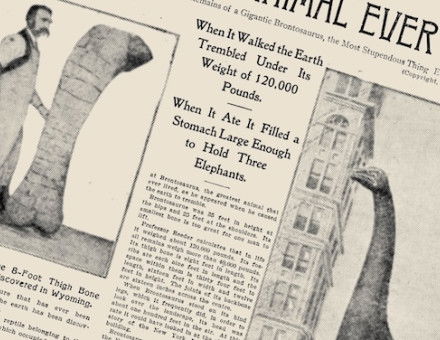The Historical Roots of the Rhodesian Problem
Michael Langley writes that the enterprise of Rhodes and the creation of a white community in Central Africa were preceded by centuries of conflict between Europeans, Arabs and migrating Bantu.
At a point approximately one hundred and seventy miles due south of Salisbury stand the ruins of Zimbabwe, surely the most remarkable of all monuments in Africa outside Egypt. Who built it, and when and why, are questions that have never been satisfactorily answered.
The popular belief that it was the work of the Phoenicians is based on the slender evidence suggested by the German, Carl Mauch, who claimed that the Plains of Sofala were identical with the Biblical Ophir, where Hiram, Israel’s Phoenician ally, ‘sent in the Navy his servants, shipmen that had knowledge of the sea, with the servants of Solomon’ (I Kings, 9:27).
The legend was further popularized by King Solomon's Mines; for it was Mauch, a geologist, who was the first European to discover gold near the site of Zimbabwe, thereby inspiring Rider Haggard’s famous story.





